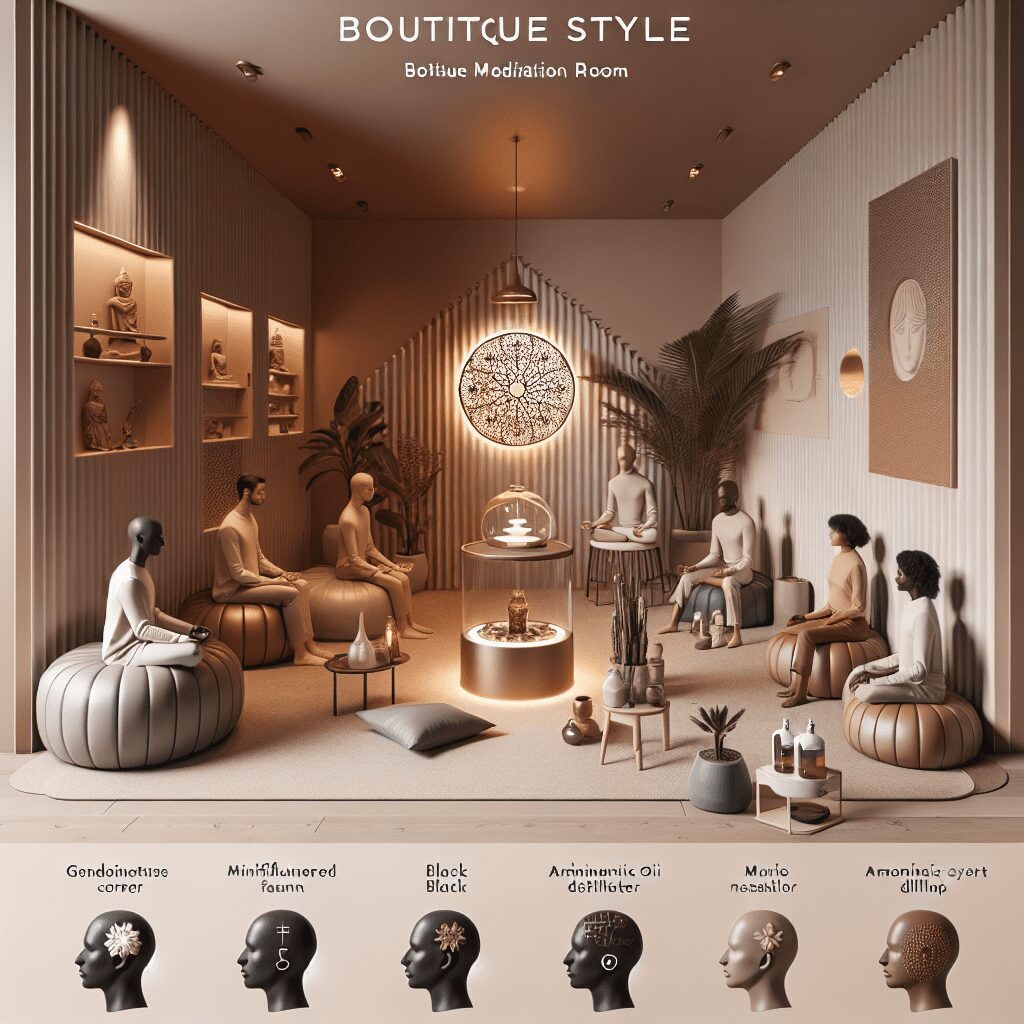
Prioritize your mental well-being daily. Enhance your life by nurturing your mental health with the Smart Meditation app. Break free from stress, alleviate anxiety, and enhance your sleep quality starting today.
What Was The Age Of Anxiety?
Unraveling the Enigma: The Age of Anxiety
In the labyrinthine alleys of history, where epochs intertwine and cultures converge, there lies a period that has often piqued the curiosity of intellectuals and laymen alike: The Age of Anxiety. Like a specter haunting the annals of the 20th century, this era, earmarked by an overarching sentiment of uncertainty and existential dread, has been the subject of much discourse, analysis, and artistic representation.
The Zeitgeist of the 20th Century
So, what’s the scoop with The Age of Anxiety? Well, cast your mind back to the aftermath of World War I. The world, having just emerged from the clutches of a devastating conflict, found itself on the brink of monumental shifts. Technology was advancing at a breakneck speed, societal norms were in flux, and the specter of future conflicts loomed large.
In essence, The Age of Anxiety referred to the period roughly between the end of World War I and the aftermath of World War II, although its reverberations were felt long afterwards. It was a time characterized by a profound sense of disorientation and despair about the human condition and the future of civilization. People began to question traditional beliefs and values, grappling with issues of identity, faith, and purpose in an increasingly complex and alienating world.
Intellectuals and The Age of Anxiety
Intellectuals and artists were at the forefront of articulating this pervasive mood. The period saw a blossoming of existential philosophy, with thinkers like Jean-Paul Sartre and Albert Camus exploring themes of absurdity, freedom, and isolation. Similarly, the literary world was abuzz with works that mirrored the anxieties of the time. T.S. Eliot’s “The Wasteland,” a mosaic of cultural disillusionment and spiritual desolation, and W.H. Auden’s eponymous poem, “The Age of Anxiety,” are but two luminaries in a galaxy of texts that sought to make sense of the era’s malaise.
The Cultural Aftermath
Fast forward a few decades, and the question arises: Did we ever really bid adieu to The Age of Anxiety? In many respects, the seeds planted during those tumultuous years have blossomed into the complexities of modern life. The digital age, while a marvel of human achievement, has brought with it new anxieties – about privacy, information overload, and the fading of face-to-face communities.
Yet, it’s not all doom and gloom. The dialogues that began in The Age of Anxiety have spawned movements toward self-awareness, mindfulness, and a pursuit of meaning beyond material success. As we navigate the uncertainties of the 21st century, the reflections and creations of that bygone era serve as both a mirror and a guiding light.
In Conclusion
The Age of Anxiety, while a testament to the resilience of the human spirit in the face of upheaval, also serves as a reminder of the ongoing quest for understanding in an ever-changing world. It prompts us to ask ourselves how we can find balance and meaning in the midst of chaos, and how we might turn our collective anxieties into a springboard for growth and innovation. After all, as history shows, it is often in the depths of despair that the seeds of hope are sown.





